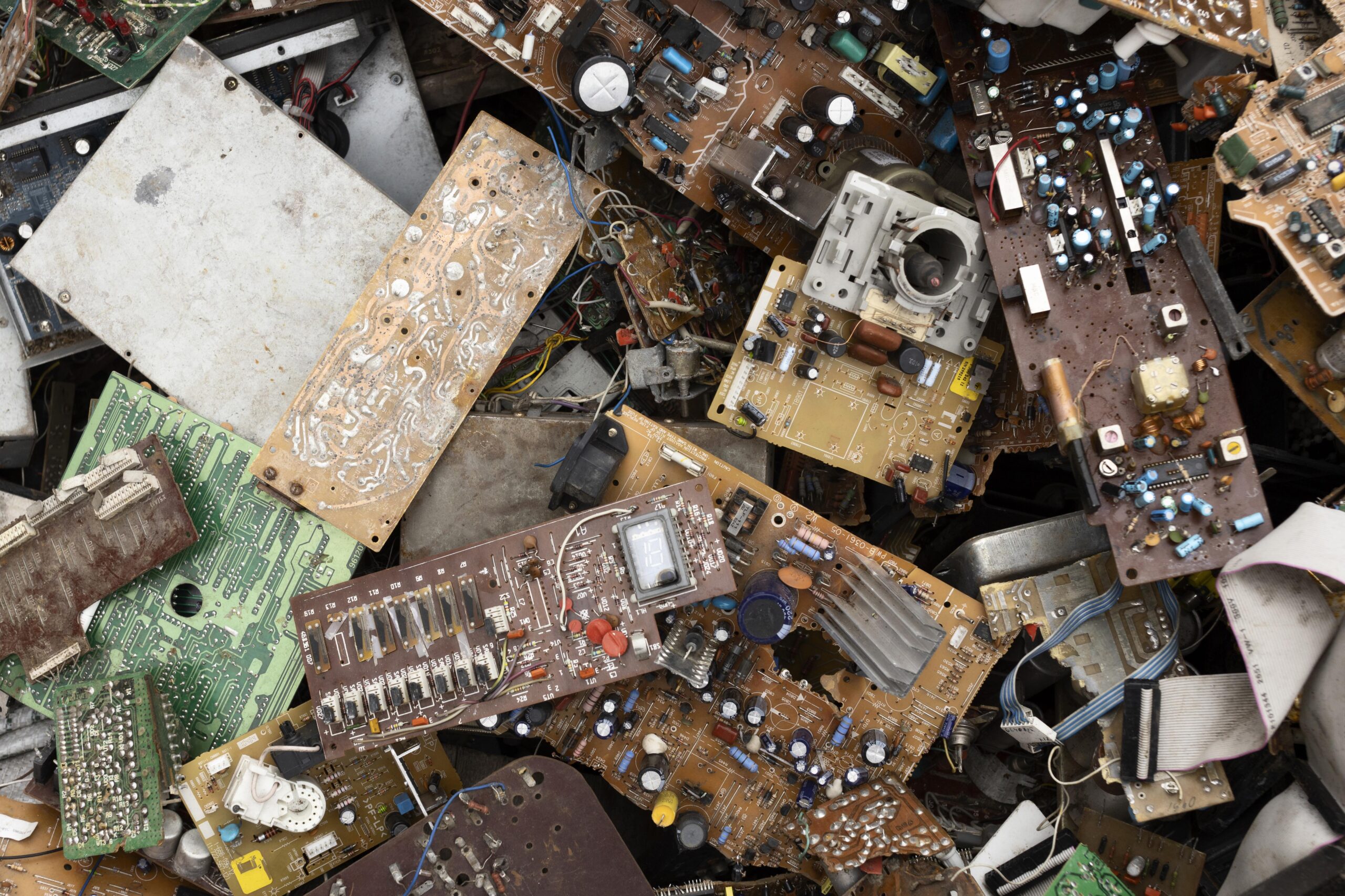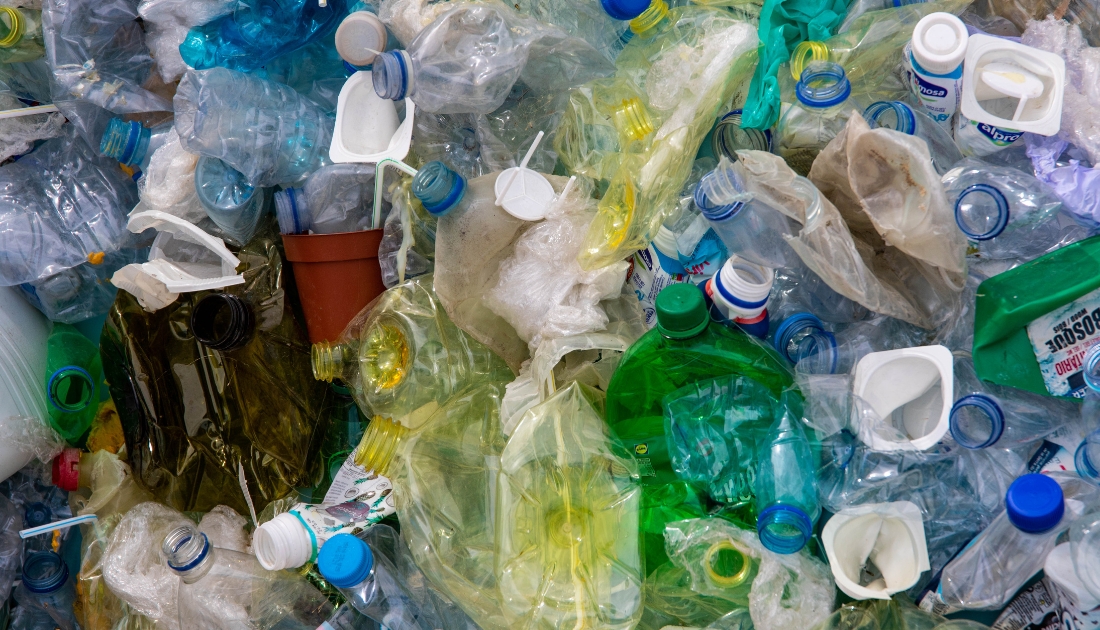Electronic waste, commonly known as e-waste, refers to any electronic device that is no longer useful or unwanted. This includes devices such as smartphones, computers, televisions, refrigerators, and other appliances. E-waste has become a growing problem worldwide, with millions of tons of e-waste generated each year. In this blog, we will explore what is e-waste and its impacts on the environment and human health.
What is E-Waste?

E-waste is a term used to describe the discarded electronic devices that are no longer useful. These devices can be broken or outdated, and they often contain hazardous materials such as lead, cadmium, mercury, and brominated flame retardants. These materials can be harmful to human health and the environment, and they can have long-lasting effects on both.
What are the Impacts of E-waste
- Impacts on the Environment
When e-waste is not disposed of properly, it have severe impacts on the environment. One of the most significant concerns is the release of toxic chemicals into the soil and water supply. These chemicals can pollute nearby water sources, affecting both wildlife and human populations. The contamination of water sources can also lead to a range of health problems, including cancer, birth defects, and neurological disorders.
Another environmental impact of e-waste is the contribution to greenhouse gas emissions. Electronic devices require a significant amount of energy to produce when they are not disposed of properly. They release harmful gases such as carbon dioxide and methane into the atmosphere. These gases contribute to climate change and have a significant impact on global warming.
2. Health Impact
E-waste can also have severe health impacts, both for those who work in the e-waste recycling industry and for those who live near e-waste disposal sites. Exposure to the toxic substances found in electronic devices can cause a range of health problems, including respiratory problems, neurological damage, and cancer.
3. Economic Impact
E-waste also has a significant economic impact. While electronic devices may contain valuable materials, such as gold, copper, and other metals, these materials are often difficult and expensive to extract. As a result, much of the e-waste generated each year ends up in landfills, where it is wasted.
4. Digital Divide Impact
E-waste also contributes to the digital divide between developed and developing countries. Developed countries generate the most e-waste, but they also have the resources to properly dispose of it. Developing countries, on the other hand, often lack the infrastructure and resources to dispose of e-waste safely, which can lead to environmental and health problems.
Conclusion
In conclusion, e-waste is a growing environmental concern that has a range of impacts on the environment, human health, the economy, and the digital divide. To address this issue, it is essential to reduce e-waste generation, promote responsible e-waste disposal practices, and invest in sustainable technology solutions that minimize the environmental impact of electronic devices.






